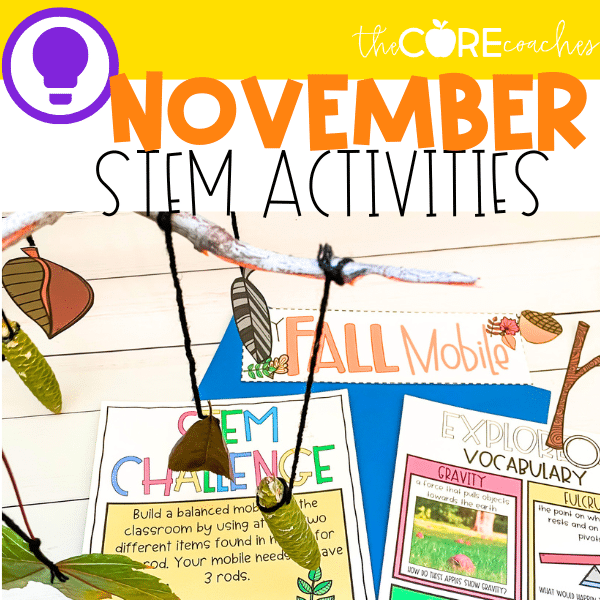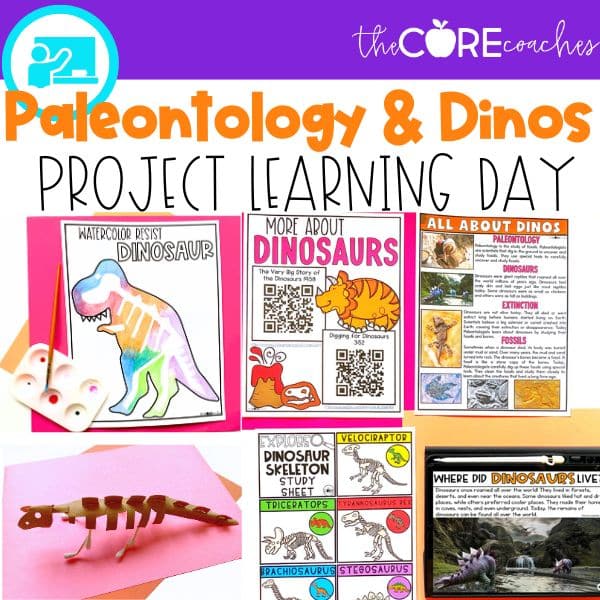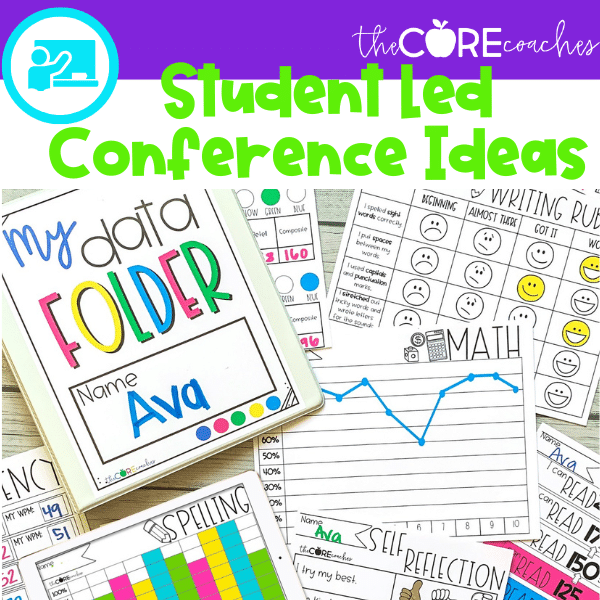If you want to know what a micro school is all you need to do is look back in history. Back in the early days of education before schools housed hundreds (even thousands) of students and classrooms were packed with 30-40 students. All you need to do is look to the little one room schoolhouse that was the start of public education.
In the mid to late 1800s one room schoolhouses were used across the world. There is a record of them in Ireland, Canada, and the United States. At one time, there were 190,000 schoolhouses in the United States.
History of the One Room Schoolhouse
In the United States, a one room schoolhouses were home to one teacher and anywhere from a handful of students to about 40 students. In Canada, some schoolhouses had up to 100 students. Now, those of us who have had 40 students in a classroom can agree that moving backwards to classes of 100 is absurd.
However, what if we could guarantee a school of less than 20 students? Moreover, a school where you as the teacher have the same autonomy that most one room schoolhouse teachers had? If a school like that sounds too good to be true, keep reading to find out how many are making it a reality!
What are Micro Schools?
A micro school is just what it sounds like – a small school. This form of schooling evolved out of homeschooling and now lies somewhere between homeschooling and private schooling.
These alternative schools have been around for years. One of the oldest micros schools in the United States was started in 1973! However, they started to grow in popularity as a response to the Covid pandemic of 2020.
Parents who saw that distance learning was not working for their kids, explored other alternatives. In addition, when many school districts said they would continue with a blended learning or remote learning model, even more people became interested in this other learning option. When some schools
Micro Schools vs Learning Pods
Before diving further into what micro schools are it is important to note that they are not the same as learning pods. While a learning pod offers a similar student-centered learning environment, it is not organized in the same way as a micro schools are.
Learning pods are small learning groups typically formed with kids in one family or a group of kids from the neighborhood. These are typically part of home schooling. However, unlike micro schools they are not part of a formal network. Micro schools are technically formed, funded, and recognized as a school.
Who Attends a Micro School?
The key component of a micro school is the number of students who attend. By definition, a micro school has up to 150 students. However, many micro schools focus on having a smaller student population. Typically between 1-3 dozen students.
Some micro schools are made up of only family and friends. However, the more popular these schools become, the more the groups of students who make up the student population are diversifying. For example, there is a network of micro schools in Arizona where kids from around the state drive across counties to get to a micro school.
This specific network of micro schools was started by Janelle Wood, founder of Black Mothers Forum, to help end the that was started to help stop the school-to-prison pipeline. Prenda is another network of microschools in Arizona.
Are Students Separated by Grade Levels?
One distinct similarity with the one room schoolhouse is having different grade levels in one classroom. This means that students in similar grades are placed together. For example, first grade, second grade, and third grade students may all be in one classroom.
While some may think that having multiple ages in one classroom would be a negative, it is one of the many benefits of these types of schools. This model actually allows for more individualized instruction for each child. It also creates space for students to learn from one another. These are just a couple of benefits of a micro school. We have plenty more to share with you later on in this article!
Where do Micro Schools Take Place?
As an evolution of home schools, many micro schools are still held inside the home. This could be done at one home in the neighborhood, or one school may rotate between different homes.
In addition, as micro schools move beyond just being for one family or neighborhood, community spaces are becoming popular places to hold school. From churches to parks and everywhere in between, anywhere can be a classroom for a micro school!
Are Micro Schools a Public, Private, or Charter School?
Most of these alternative schools are for-profit schools. This makes them private schools. In contrast to the high-priced private schools that most of us are familiar with, some micro schools are more affordable at around $4,000 per year (per student). However, some private schools can be as much as $25,000 a year.
In addition to private micro schools there are some schools that are funded by voucher programs. There are some micro schools that are part of public schools as well. While these options are more accessible to a wide range of students, they are not available to everyone. Therefore, at this time micro schools are not currently serving underprivileged students.
Although the opportunity to attend a micro school is currently limited for most students, there is the potential for more accessibility in the future. The more popular these schools become, the more likely it is that there will be more ways to fund them. Therefore, making them affordable for all students.
What Are the Benefits of Micro Schools?
The benefits of a micro school are one of the reasons that they are growing in popularity. Moreover, while they will most likely continue to grow. Earlier, we mentioned that combining grade levels was a benefit of these schools. In addition, here are several other benefits of micro schools.
- Student-centered learning environment
- Teachers teach with the students rather than at the students. Rather than lecturing, they are involved in discussions and helping students explore learning independently. Personalized instruction for each student
- Teachers know students; moreover, students know their teacher(s). This leads to more positive teacher-to-student relationships and a more effective learning environment.
- Students get to build better student-to-student relationships with their peers.
- Personalized learning for each student that focuses on a curriculum to support students’ interests.
- Opportunities for hands-on learning out in the real world
- Flexibility to offer learning opportunities that you may not have access to in a regular school setting.
Who Teaches in a Micro School?
Although micro schools are not your typical school, they are committed to the same thing – providing quality education to students. Some may even say that these schools are more committed to the quality of education.
Therefore, you can expect to see a certified teacher in each micro school. Since one of the important pieces of a successful micro school is to have a small student-to-teacher ratio, the number of teachers in the school will depend on the number of students.
Who Runs a Micro School?
While accredited teachers are in charge of instruction, they are not necessarily the ones in charge of the school as a whole. Depending on the size of the school you may have anywhere from 3-10 other people in charge of the school. This includes the person who decided to start the microschool.
A micro school can be started by anyone. Typically they are created by a parent or a former (or current) teacher. However, anyone who believes in this model, and thinks it will benefit the children in their community can start one.
What Curriculum Do You Use for a Micro School?
Whether you are a teacher who wants to start a micro school or a teacher who wants to teach at a micro school, you are most likely curious about the curriculum. What does a curriculum look like at a micro school?
Micro Schools Focus on a Student-Centered Curriculum
There is a heavy emphasis on student-centered learning in micro schools. Now, we know that student-centered learning is something that most teachers are constantly striving towards. Thanks to STEM curriculum and other similar learning activities student centered learning is a focus in many schools. However, even when teachers want to provide a students centered curriculum it is not always possible in a large private, public, or charter school.
Students-centered learning truly is STUDENT centered in micro schools! This goes back to the benefits of small student-to-teacher ratios, and teachers who focus on guiding students (rather than lecturing them).
What Does a Micro School Curriculum Look Like?
A complete curriculum for micro schools integrates the same core subjects taught in other schools. However, the approach to teaching these subjects is quite different. Due to the design of a micro school, teachers can guide students through these subjects with more in-depth hands-on activities. Moreover, giving them extra time if needed (or allowing them to forward once a skill is mastered).
In addition, these different subjects are often taught in an integrated way. For example, teachers may combine math, science, and even English skills into one lesson. This integrated approach focuses on real-world applications. As part of a digital world, real-world applications include a focus on integrating digital tools and lessons.
Another quality of the curriculum in micro schools is that there is often more attention placed on the social and emotional needs of students. Therefore, you may notice the curriculum includes daily activities for movement and mindfulness.
Where Can you Find Teaching Resources for Micro School Lessons?
Whether you are a teacher who is about to start your own micro school, or you want to teach at a micro school, we have hundreds of resources to support you!
We have activities that cover all core subject areas. Moreover, while you are not “teaching to the test” in the same manner as a public school, our materials are all aligned with the common core standards. Therefore, you know that your students are getting a comprehensive curriculum.
Visit our Teachers Pay Teachers store to explore our favorite ready-to-teach resources!





